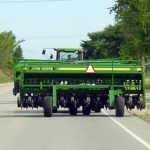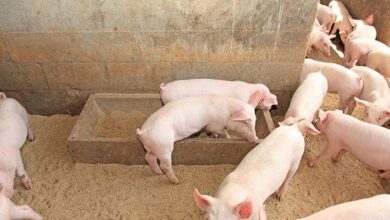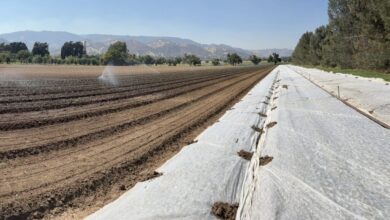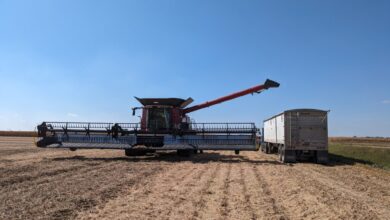Pruning in olive groves. Remove all the bad and keep the good
One of the key tasks we carry out once the cold winter weather has passed is
pruning our olive grove. Normally, we begin this process in March, but this
year, thanks to the abundant rainfall, we had to start, a little later, almost
in April.
In this post we would like to share a brief summary of our pruning work, as
well as comment on some tips and things to bear in mind when pruning olive
trees. It can basically be summed up as ‘remove all the bad and keep the
good”. But how do you know what to remove and what to keep? Each tree tells
you.
First, it’s important to understand the type of pruning you’re going to
perform. Not all pruning is the same:
- Creation (training) pruning for young olive trees.
- Thinning pruning for trees in full production.
- Renewal pruning for older olive trees.
In our case, we’ll focus on training and thinning pruning.
We apply creation pruning to olive trees up to six years old, with the goal of
preparing them for mechanised harvesting using umbrellas.
The key objectives are:
-
Raise the main structure (cross) to a height that allows the
harvesting machine to operate without interference. - Prevent lower branches from touching the canvas of the umbrella.
- Structure the cross with two or three main branches.
This type of pruning is applied to olive trees over six years old and aims to
maintain a balanced leaf-to-wood ratio.
Our main tasks include:
-
Removing excess wood (especially thick branches) to encourage more
leaf growth, which is essential for olive production. -
Eliminating vertical branches (“males”) in favor of
horizontal ones (“females”), which are more productive. - Observing the tree’s natural structure—because, as we always say, “the tree tells you what to cut”.
Some of the things to be considered in all types of pruning could be:
The olive tree must be well tucked in, i.e. it must not lose its leaves.
-
Pruning is based on removing what is left over to leave what is good, i.e.
removing the ‘bad branches’ to leave the ‘good branches’. -
Small branches should not be removed, i.e. thick branches should not be
‘sanded’. - Pruning varies according to the variety of olive tree.
-
A picual olive tree wants to be pruned aggressively to remove thick
branches as it is a variety that tends to generate a lot of wood. -
A white-leaved olive tree wants a less aggressive pruning to remove less
wood as it is a variety with a fine wood structure.
To conclude, pruning is essential for maintaining productive and healthy olive
trees. Whether training young trees or thinning mature ones, the goal is
always the same: remove the unnecessary to strengthen what matters—and let
each tree guide your hand.
Versión en español.















